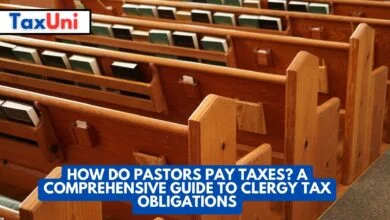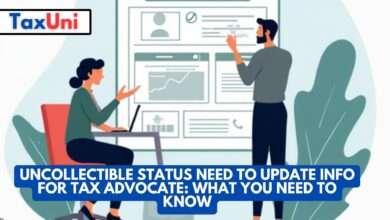Minnesota Property Tax
Property taxes are an important source of revenue for local governments. They help fund schools, roads, and law enforcement. Understanding how these taxes work can be challenging.

Property tax is an important source of revenue for local governments, helping them provide essential services like schools, roads, and law enforcement. It is based on the value of a real estate property and is paid annually. Minnesota has a complex system for determining property taxes that involves assessing market values, classifying properties by use, and calculating the final amount due.
Assessors determine the market value of a property by comparing it to other similar properties in the area. They also consider the structure’s location and size, as well as any special features it may have. Once the assessed value is determined, it is multiplied by the tax rate to calculate the property tax. Additional factors can include levies, taxes, credits, and exemptions.
Annual property tax statements are mailed in the spring. If you are responsible for paying your property taxes and not through an escrow service, you will receive a statement with payment coupons due May 15 and October 15. These statements also include information on how to apply for a Minnesota Property Tax Refund, which has a filing deadline of Aug. 15.
Minnesota Property Tax Exemption
Minnesota offers many programs to reduce property taxes for different types of properties and owners. Some of these programs are automatically applied to your tax bill, while others require you to file an application. These applications are typically available online or at your county assessor’s office.
For example, homeowners with class 2A agricultural homestead land may qualify for a credit that lowers their taxable market value. In addition, the state offers a deferral program for senior citizens that allows them to defer their property taxes into the future. To qualify, your household income must be less than $96,000 and you must own your home for at least five years.
Additionally, property owners can apply for the Prairie Tax Exemption to lower their taxable market value on native prairie enrolled in the prairie bank. This exemption is intended to encourage native prairie management through prescribed burning, rotational haying, and other management practices. To qualify for this exemption, your prairie must meet certain requirements and be enrolled in the native prairie bank. You must also have a written lease between the owner and the ownership entity that states that the property is exclusively used for the purposes of the program.

Minnesota Property Tax Due Dates
Generally speaking, property tax due dates in Minnesota fall on May 15 for the first half and October 15 for the second half. If a holiday or weekend falls within either of those times, the deadline moves to the next business day.
In addition to these due dates, property owners must also pay attention to a variety of other important property tax deadlines. For example, property owners must file for homestead status by the end of March to avoid paying higher taxes the following year. In addition, the city puts together its budget in December and must determine how much it will cost to provide services like garbage collection, water treatment, and police patrol.
Additionally, taxpayers must pay special attention to Truth-in-Taxation meeting dates. These meetings are held for the purpose of allowing taxpayers to comment on proposed levies for the next year. If a county assessor disagrees with a taxpayer’s valuation or classification, the taxpayer may file with the local Board of Appeal and Equalization or with the state Tax Court. The Tax Court will review the case and make a final decision.





